Your Trusted Consulting Experts
A wellsite geologist plays a critical role in the oil and gas industry, acting as the eyes and ears of the geological team at the drilling site. Their primary responsibility is to ensure that drilling operations align with the geological objectives of the project while maintaining safety and efficiency.
Here’s a breakdown of their key roles and responsibilities:
Geological Monitoring And Interpretation
- Examine drill cuttings: Identify rock types, lithology, and signs of hydrocarbons.
- Analyze mud logs: Monitor gas readings and lithological descriptions from the mudlogging unit.
- Correlate real-time data: Compare drilling results with geological models, offset wells, and seismic data to update interpretations.
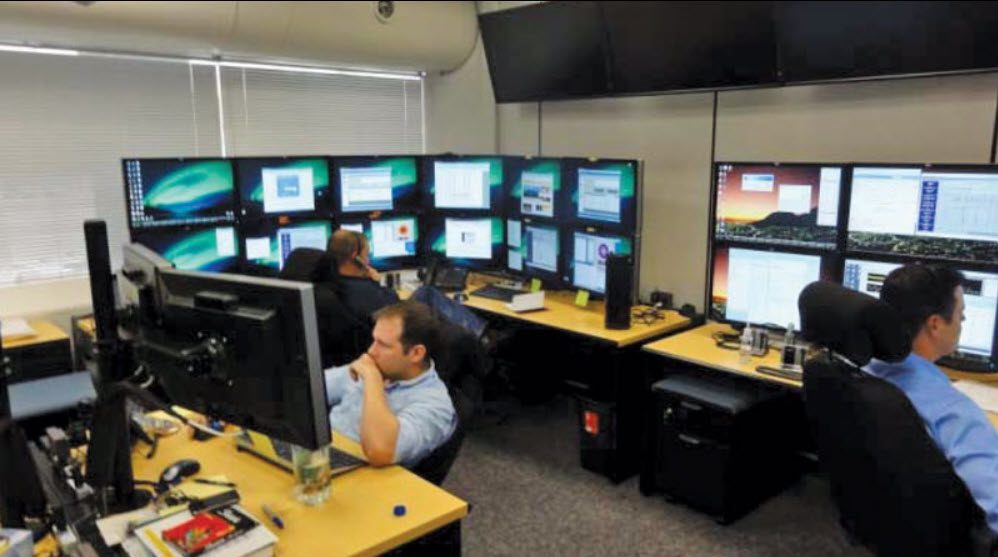
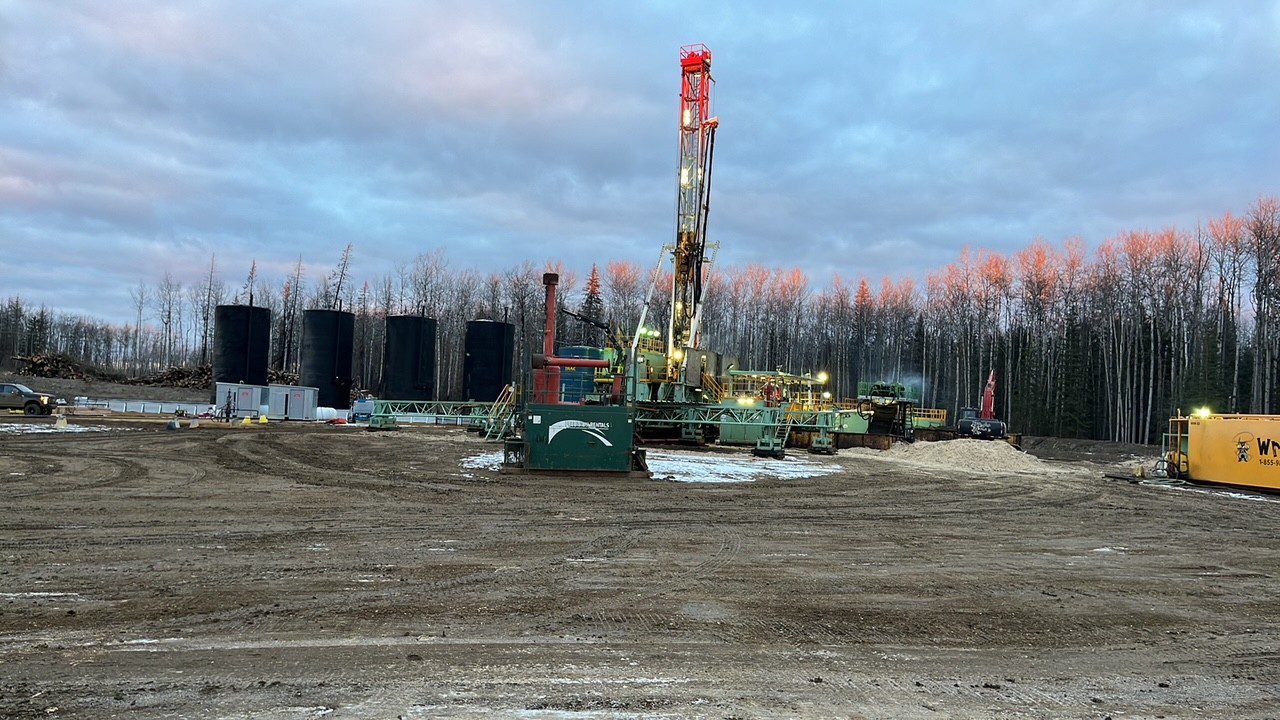
Decision Support During Drilling
- Identify formation tops: Call key geological markers to guide the drilling team.
- Geosteering support (if horizontal drilling): Work closely with directional drillers and geosteering teams to keep the wellbore within the target zone.
- Make on-the-spot decisions: Recommend when to stop drilling or run casing based on formation integrity and hydrocarbon presence.
Data Collection and Reporting
- Maintain detailed logs: Record lithology, gas shows, drilling parameters, and formation tops.
- Supervise sampling: Ensure quality and timely collection of cuttings and core samples.
- Daily reporting: Compile and submit daily geological reports to the operations geologist and head office.
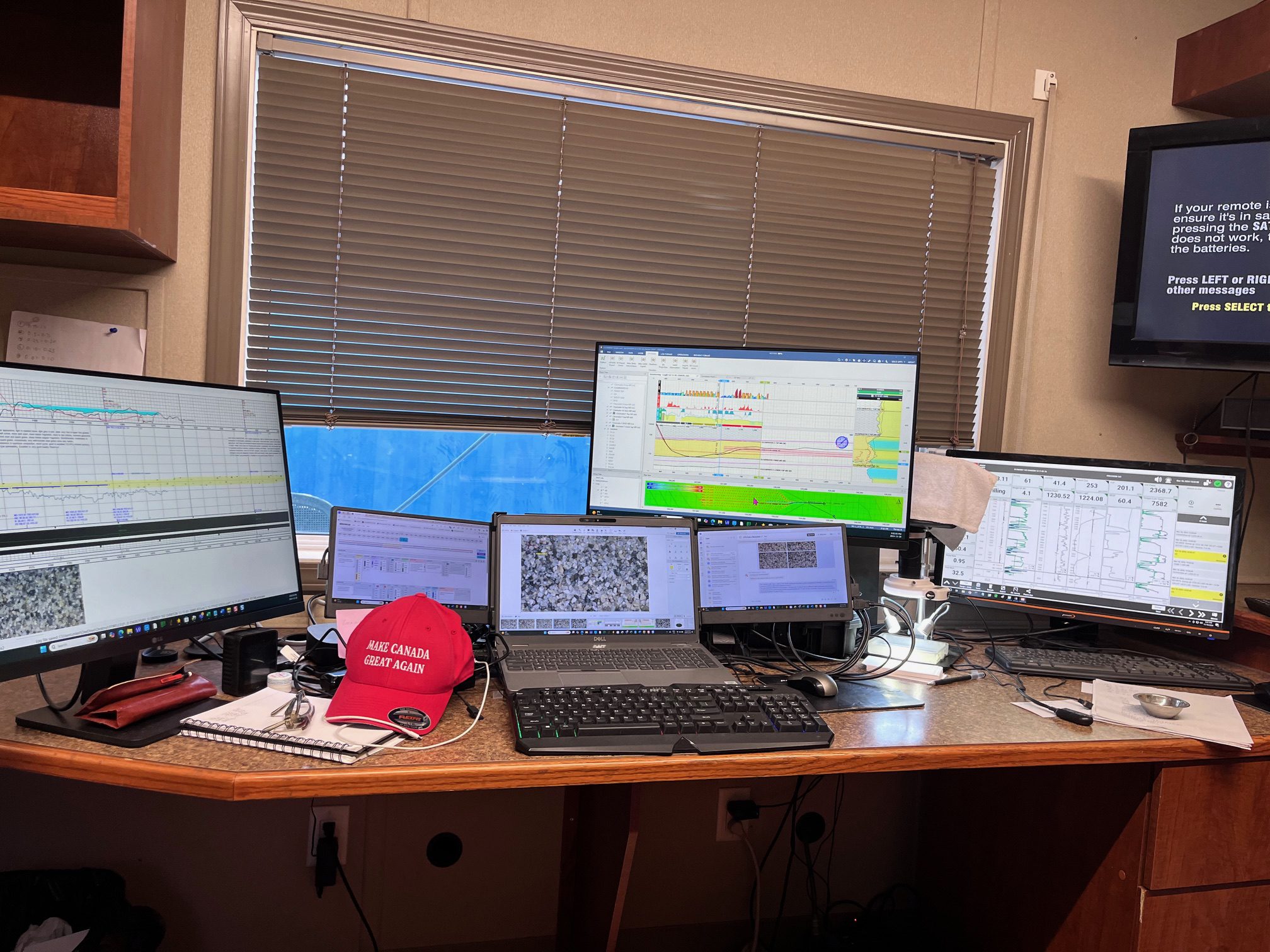
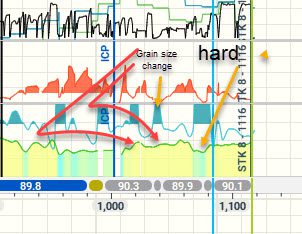
Liaison Role
- Communicate with rig personnel: Collaborate with drilling engineers, mudloggers, MWD/LWD operators, and company men.
- Interface with office teams: Provide regular updates and data to operations geologists, reservoir engineers, and geophysicists.
Health, Safety, and Environmental (HSE) Awareness
- Follow strict safety protocols: Adhere to HSE regulations and promote safe working practices at the rig site.
- Ensure proper handling of samples: Especially important when dealing with hydrocarbons or chemically treated samples.
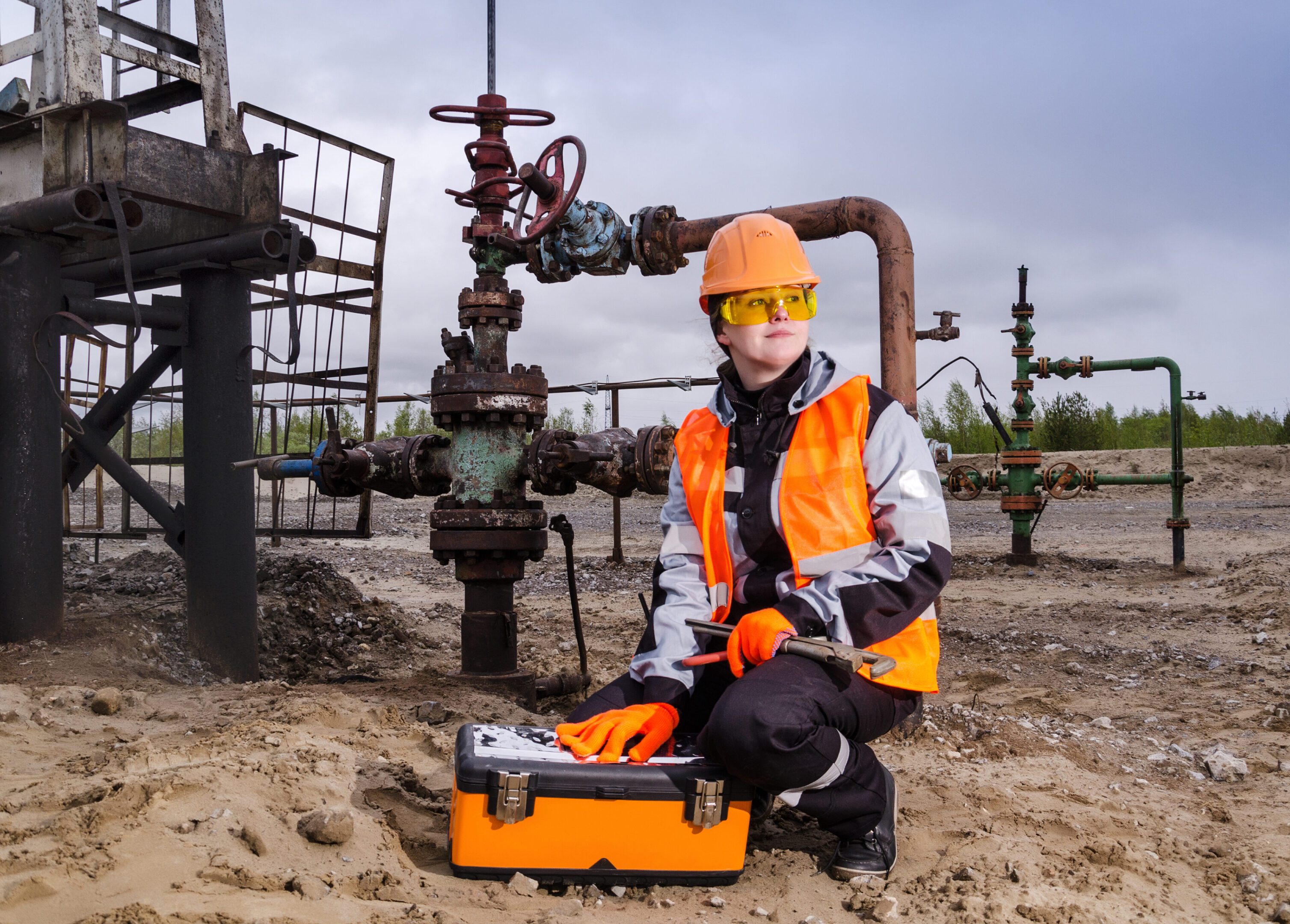
Summary:
The wellsite geologist is vital for bridging field operations with geological understanding. Their input can influence critical operational decisions like casing points, coring intervals, and final well placement. Their job requires strong geological knowledge, real-time data interpretation skills, and excellent communication—often under pressure and in remote locations.
Cloud Geosteering & Completions Software
We utilize ZoneVu, StarSteer, and all relevant geological software to support our operations.

100% Browser-Based
No installs. No delays. Access from anywhere.

Real-Time Data Visualization
All your data layered, live, and interactive.
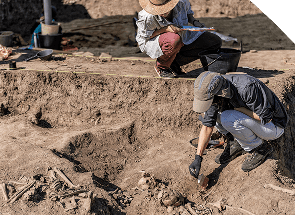
StarSteer Software
StarSteer is an advanced geospatial analysis and decision-support tool tailored for the subsurface exploration and drilling industries. It is engineered to integrate a variety of geological, geophysical, and engineering datasets to facilitate accurate real-time decision-making during drilling operations and reservoir evaluation.
Let’s Get to Work
Ready to take your geoscientific consulting or digital operations to the next level? Contact Oil Sun Petroleum today for a tailored solution that’s as grounded as it is innovative.
